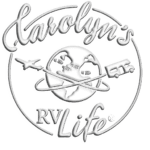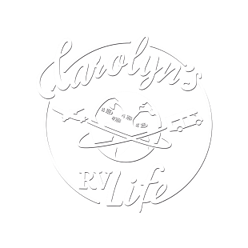Carolyn’s RV Life Fan Club on Facebook
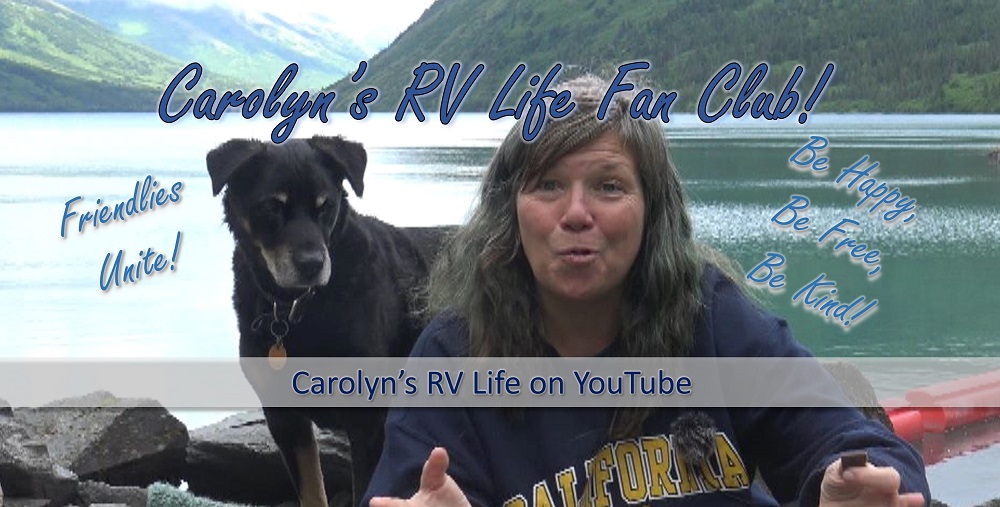
Uncategorized Carolyn’s RV Life Fan Club on Facebook Posted by Carolyn Higgins on March 1, 2019 Are you looking for a fun group of like-minded Friendlies? Join the Carolyn’s RV Life Fan Club on Facebook! Join the Community @Carolyns RV Life Friendly Nation Carolyn’s RV Life YouTube viewers got together and decided to create a […]
Warm Springs, Nevada: Abandoned Hot Springs Resort

I recently soaked in some luxurious hot springs at an Abandoned Resort and Ghost Town in Nevada! As a solo full time RVer I’m always on the lookout for cool, off-the-beaten-path places to visit. In November, I found an Abandoned Hot Springs Resort in Warm Springs Nevada. The Hot Springs are located at the intersection […]
A Day in the Life of a Full Time RVer
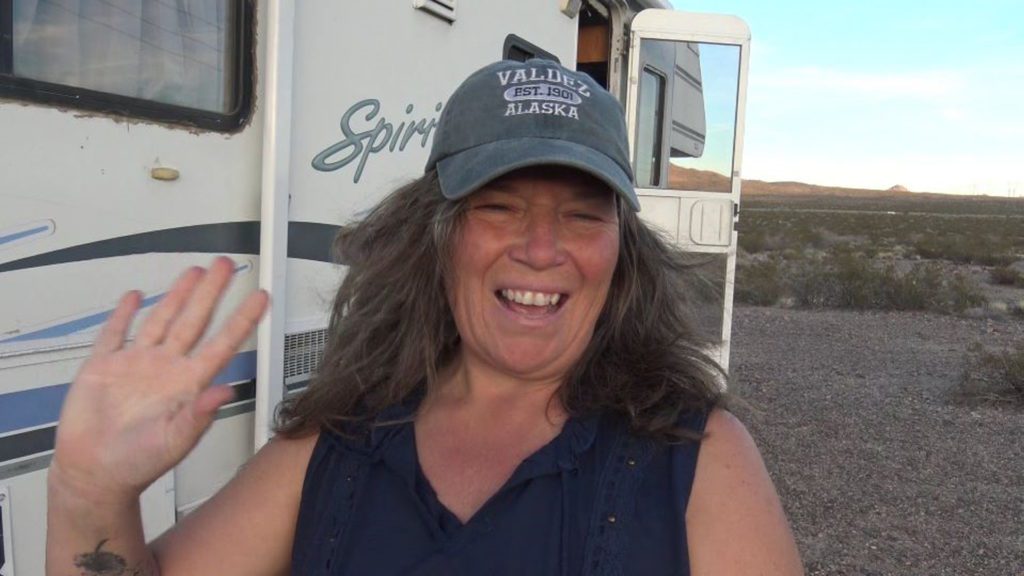
Have you ever wondered what full time RV Life is really like? As a solo woman and full time RVer life may not be what you expect. I still have to work, shop, pay bills and run errands. It’s not the permanent vacation many think it is. Especially for those of us who aren’t retired […]
How to Avoid Freezing in Your RV or Van During Winter Polar Vortex and Blizzards.

Full time RV Living in winter cold is a reality for millions. If you live in a cold climate you know winter can get downright miserable. RV living in winter cold is a reality for millions of Americans. How do RVers and VanDwellers avoid freezing in the winter? Not everyone who lives in a Van, RV, School Bus (Skoolie) or car has the luxury of […]
RV Solar & Electrical Systems : Simplified!

I created the FIRST easy-to-understand explanation of how RV electrical systems, deep cycle batteries and solar systems work. I break it down in the simplest form. No more confusing electrical-speak about converting amperage to voltage or voltage to wattage. I also give a super-simple explanation of A/C vs D/C power and why it matters. This […]
Hiking in Mt. Zion National Park, Utah
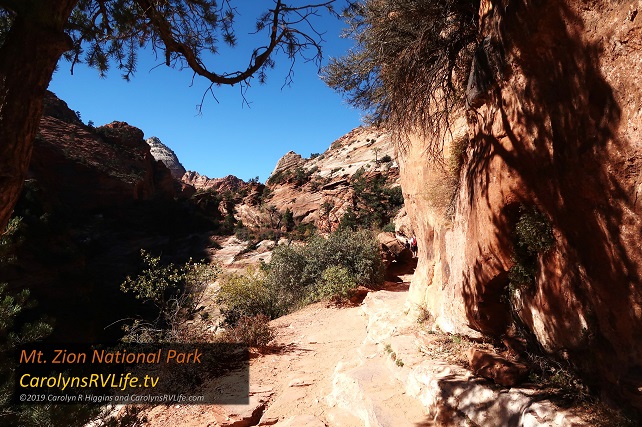
My RV Life took me to Mt. Zion National Park where my friend and I enjoyed a scenic hike among the red canyons and rocky cliffs of the Canyon Overlook Trail. To learn more about my travels and my RV Life click here.
How To Safely Drive Your RV on Mountain Roads
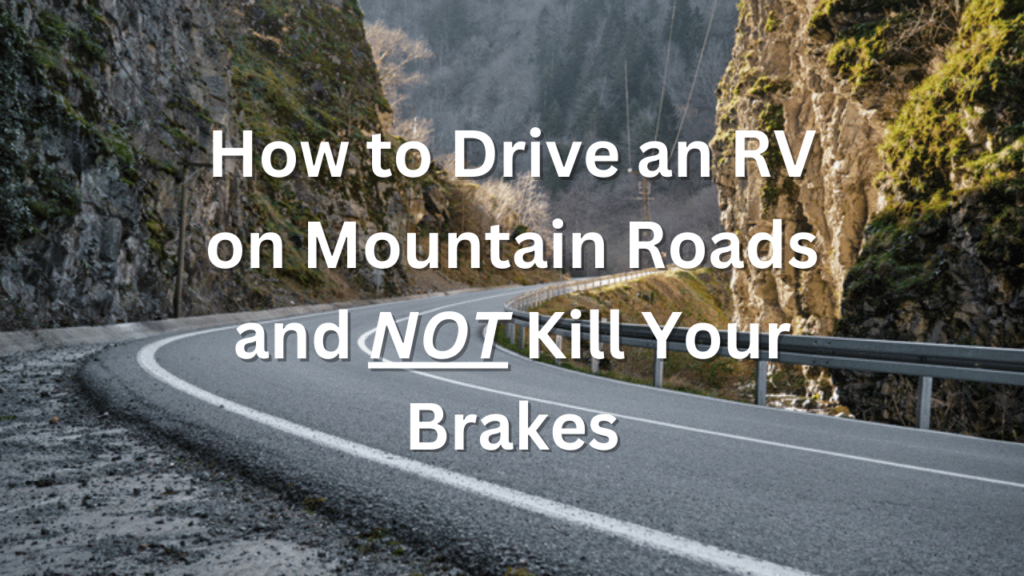
On the Road, RV Living Tips, RVing Safety Tips, Uncategorized How to Drive an RV on Mountain Roads Without Killing Your Brakes! Posted by Carolyn Higgins on March 15, 2017 I recently drove my 29’ Class C RV over two mountain passes in one day. I climbed from sea level to over 7000 feet, back […]
Black Friday Hell: Take Me Back to Nature

The longer I live on the road, the more awake and aware I seem to become. Cities are like sensory overload tunnels bombarding me with noise; cars, leaf blowers, buses, sirens, music piped into everywhere. Homes are like virtual reality hell chambers; loud TV bombarding me with a false realty and selling us everything under the […]
